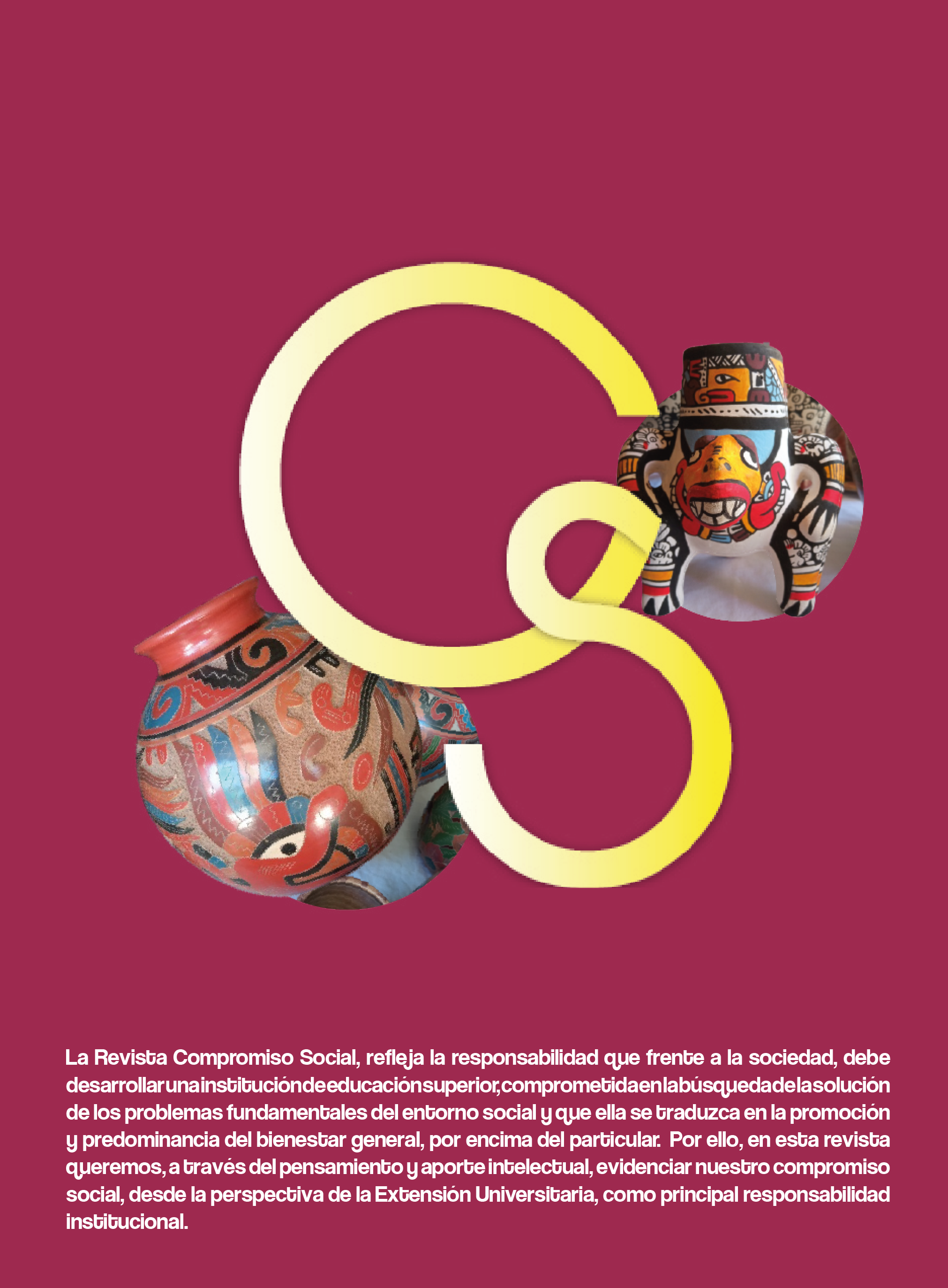UNAN-Managua: Prácticas Higiénico Sanitarias de una Universidad Saluda
DOI:
https://doi.org/10.5377/recoso.v9i9.18580Keywords:
Hygienic, Sanitary, Disease, FoodAbstract
The sanitary hygienic conditions of the canteens
and institutional kiosks of the National Autonomous
University of Nicaragua, Managua, UNAN-Managua,
are key to protecting the health of the university
community and their objective is to evaluate the
sanitary hygienic conditions, being an essential part of
the actions framed in the Healthy University Program
during the year 2022.
The sanitary hygienic evaluation process in the
university canteens was accompanied by workshops
developed by the staff of the Hygiene Directorate of
the Ministry of Health (MINSA). In these workshops,
issues related to good practices in food handling,
the national legal framework for food handling and
processing were addressed. As well as the process
and basic requirements to start the sanitary license
process for food processing, sanitary records and
registrations, based on Law 423, General Health
Law and contemplated in Decree 432. Regulation of
Sanitary Inspection.
In this sense, during this year, a Transversal NonExperimental Study was carried out, which consisted
of an Inspection Study in the 28 Institutional Canteens
and Kiosks, located in the Rubén Darío (RURD) and
Carlos Fonseca Amador (RUCFA) University Campuses
of the UNAN-Managua, corresponding to 6 institutional
premises, 2 located in the Research Centers; 12 of them
are RURD tenants and four RUCFA tenants.
This sanitary hygienic evaluation process consisted
of carrying out an inspection based on the Sanitary
Technical Regulation of Institutional Canteens of the
Ministry of Health (NTON 03 026-10). In it, the variables
related to the hygienic-sanitary conditions of the
premises, conditions of the personnel, raw material,
food, fumigation, sanitary certification, among others,
were studied.
According to the variables studied, the deficiencies
found in most of the canteens and kiosks inspected
were the lack of protection in the lighting elements,
lack of anti-insect mesh, inadequate conditions in the
food preparation area, both physical and in handling. of
food and solid waste. As a result, a physical evaluation
was carried out accompanied by the completion of the
Sanitary Test of the Ministry of Health, which records
the sanitary and hygienic conditions of each location,
as well as a quantitative and qualitative assessment by
the MINSA Sanitary Inspector.
In this way, the process of preventing the risks of
contamination and deterioration of food sources of
diseases communicable by them was fulfilled, in order
to opt for the sanitary hygienic accreditation of the
canteens and kiosks located in UNAN-Managua.
18




